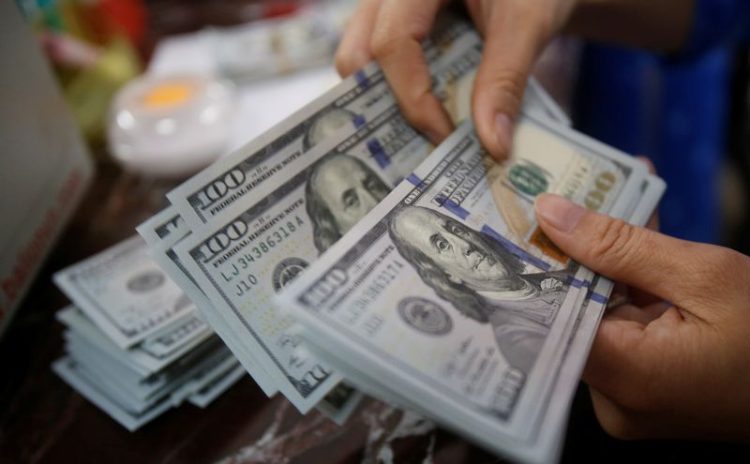Publisher: Maaal International Media Company
License: 465734
Dollar slips on China re-opening and hopes of slower US rate hikes
اقرأ المزيد
The U.S. dollar was on the back foot on Monday as China’s re-opening of its borders, and increasing hopes of the Federal Reserve slowing the pace of its interest rate hikes boosted risk sentiment, Reuters reported.
Sterling was on the charge again on Monday, gaining 0.42% to $1.2143, after spiking 1.5% on Friday. The euro was up 0.28% at $1.0674, after closing 1.17% higher on Friday.
U.S. data showed a jump in the workforce and easing wage growth, while there were further signs of an economy slowing down, with the services industry activity contracting for the first time in more than 2-1/2 years in December.
Analysts have pointed out that the still tight labour market is likely to concern Fed officials and keep them on their hawkish path.
The Fed fund futures now imply around a 25% chance of a half-point hike in February, down from around 50% a month ago.
The U.S. central bank raised interest rates by 50 basis points last month after delivering four consecutive 75 basis point hikes last year but said it was likely to keep interest rates higher for longer to tame inflation.
The dollar index, which measures the U.S. dollar against six major currencies, fell 0.145% to 103.570 on Monday, after sliding 1.15% on Friday as investors moved to riskier assets.
Also helping sentiment was China re-opening its borders, dismantling much of its stringent ‘zero-COVID’ policy, with travellers coming into the country by air, land and sea.
Optimism over a swift economic recovery buoyed China’s yuan to a near five-month high against the dollar on Monday.
The trade-and-China sensitive Australian dollar rose 0.80% versus the U.S. currency to $0.693, its highest since Aug. 30, while the kiwi climbed 0.68% to $0.639, the highest in three weeks.
The Japanese yen strengthened 0.37% to 131.59 per dollar.








